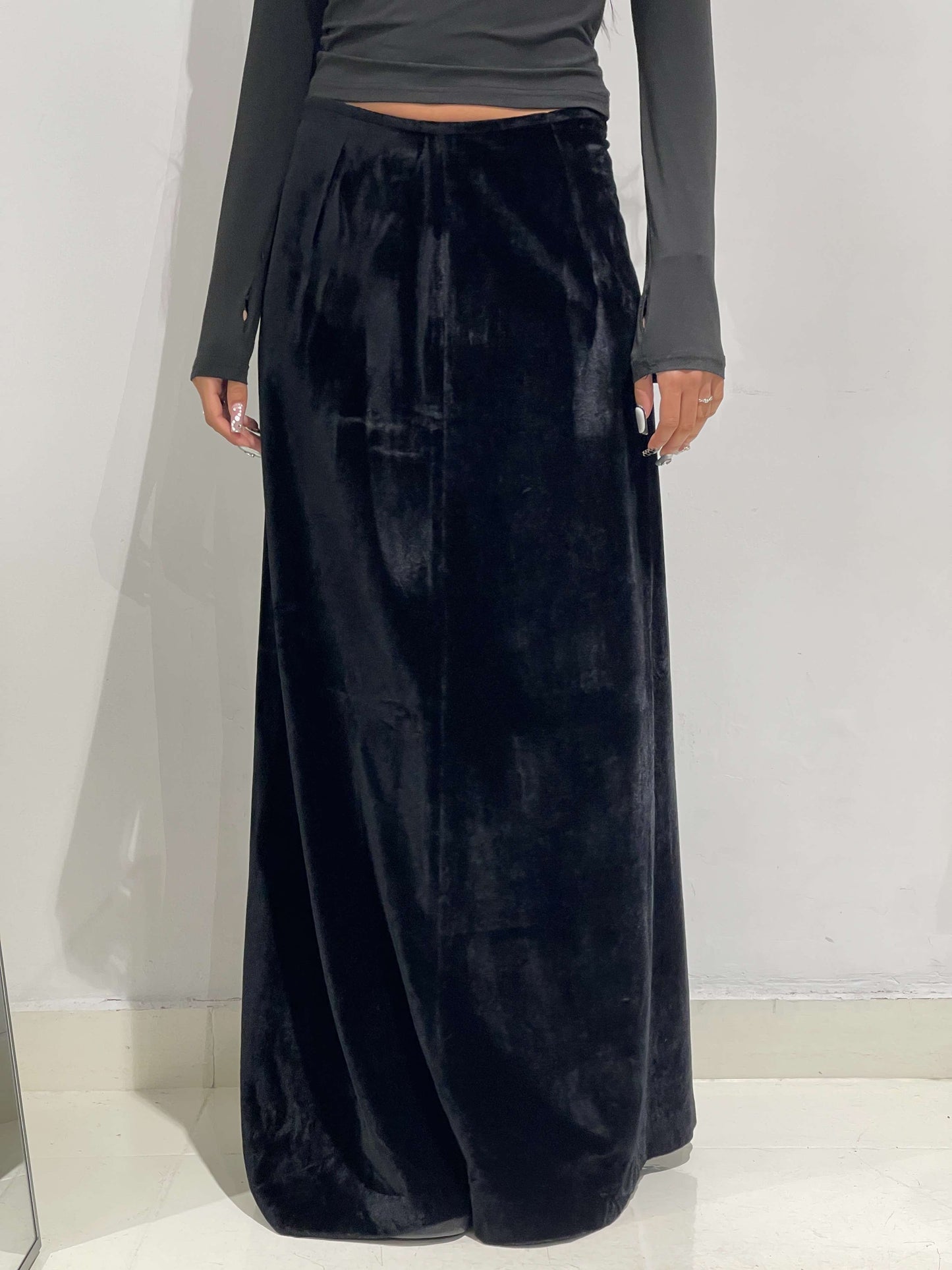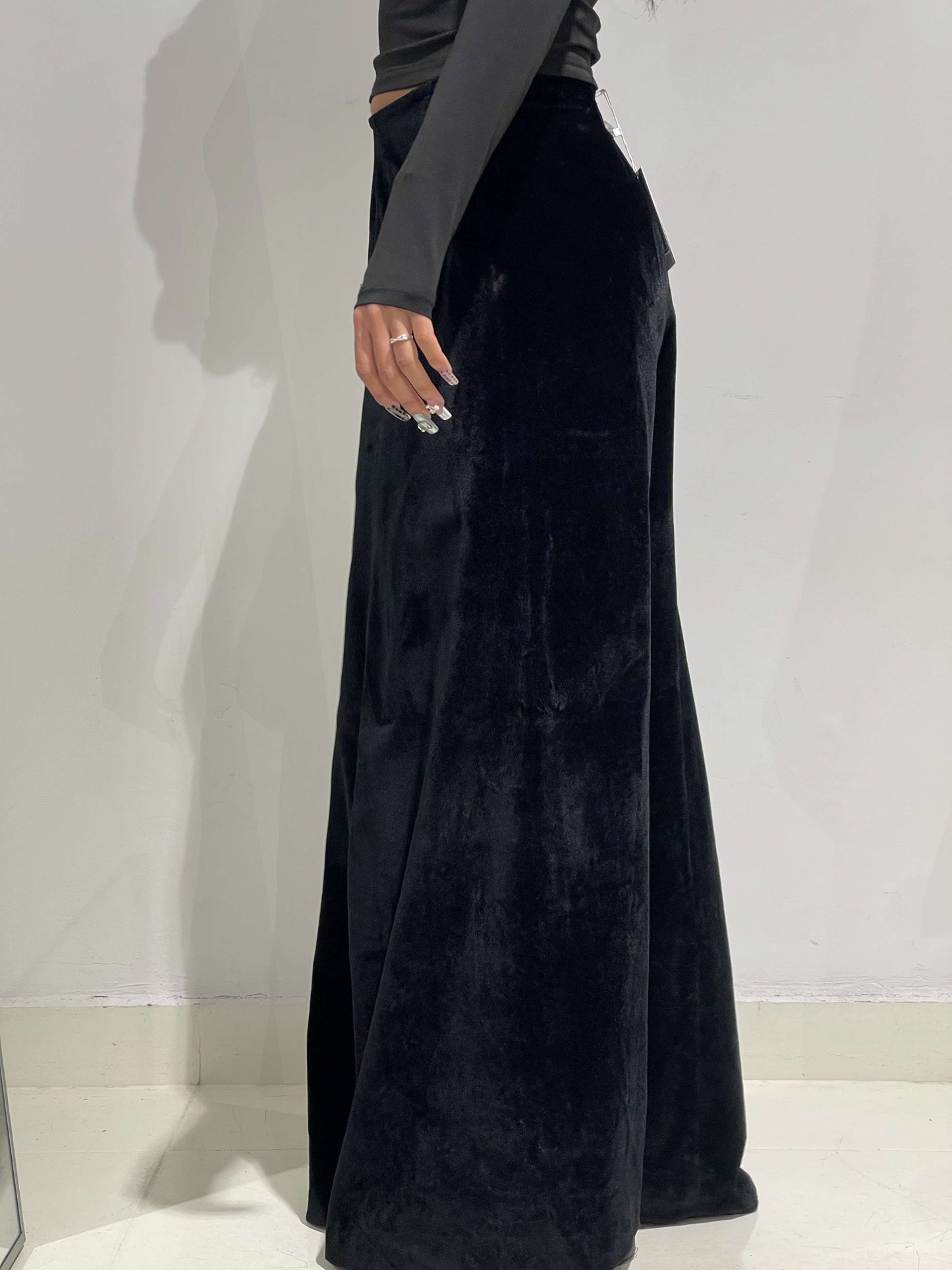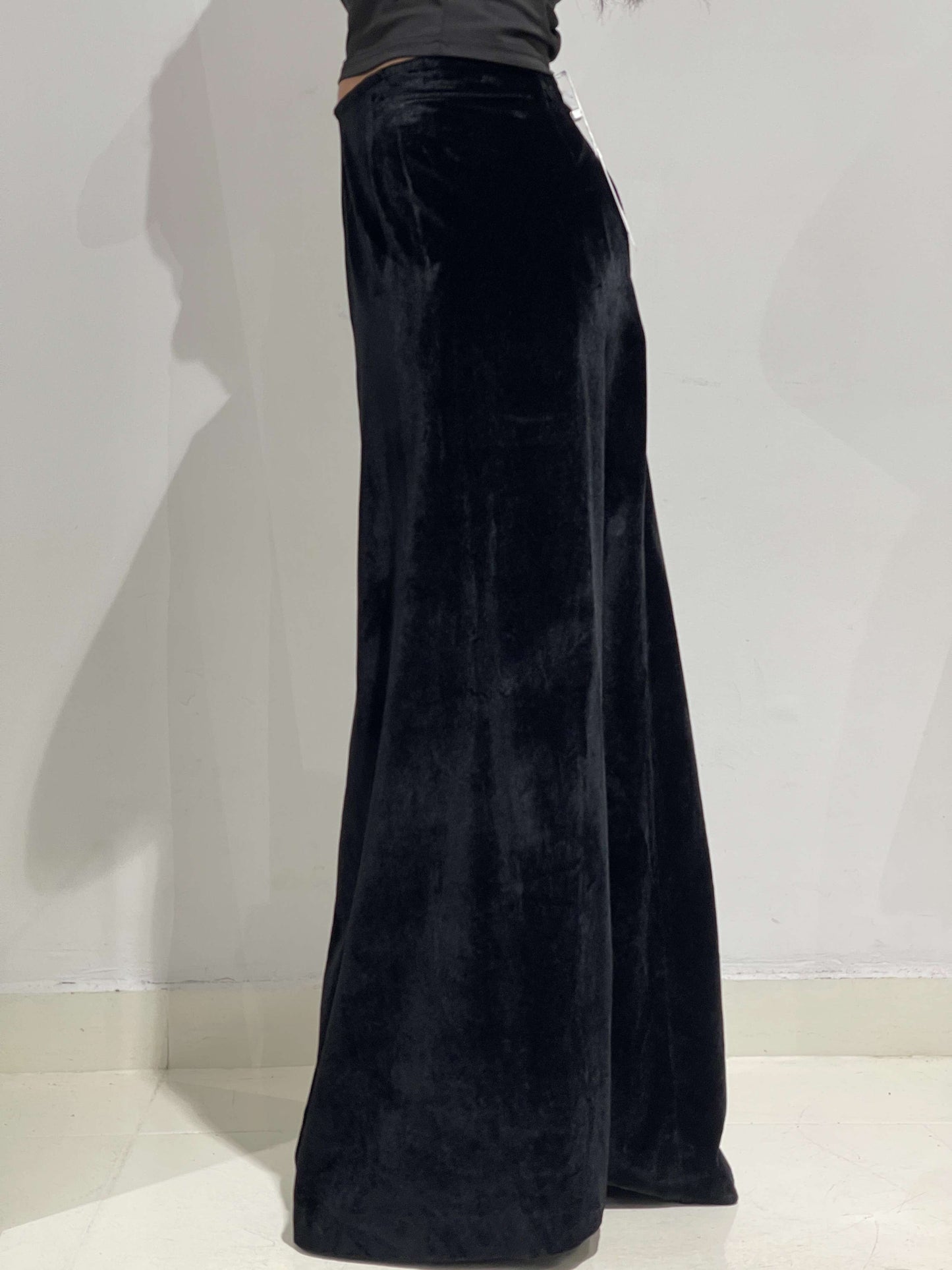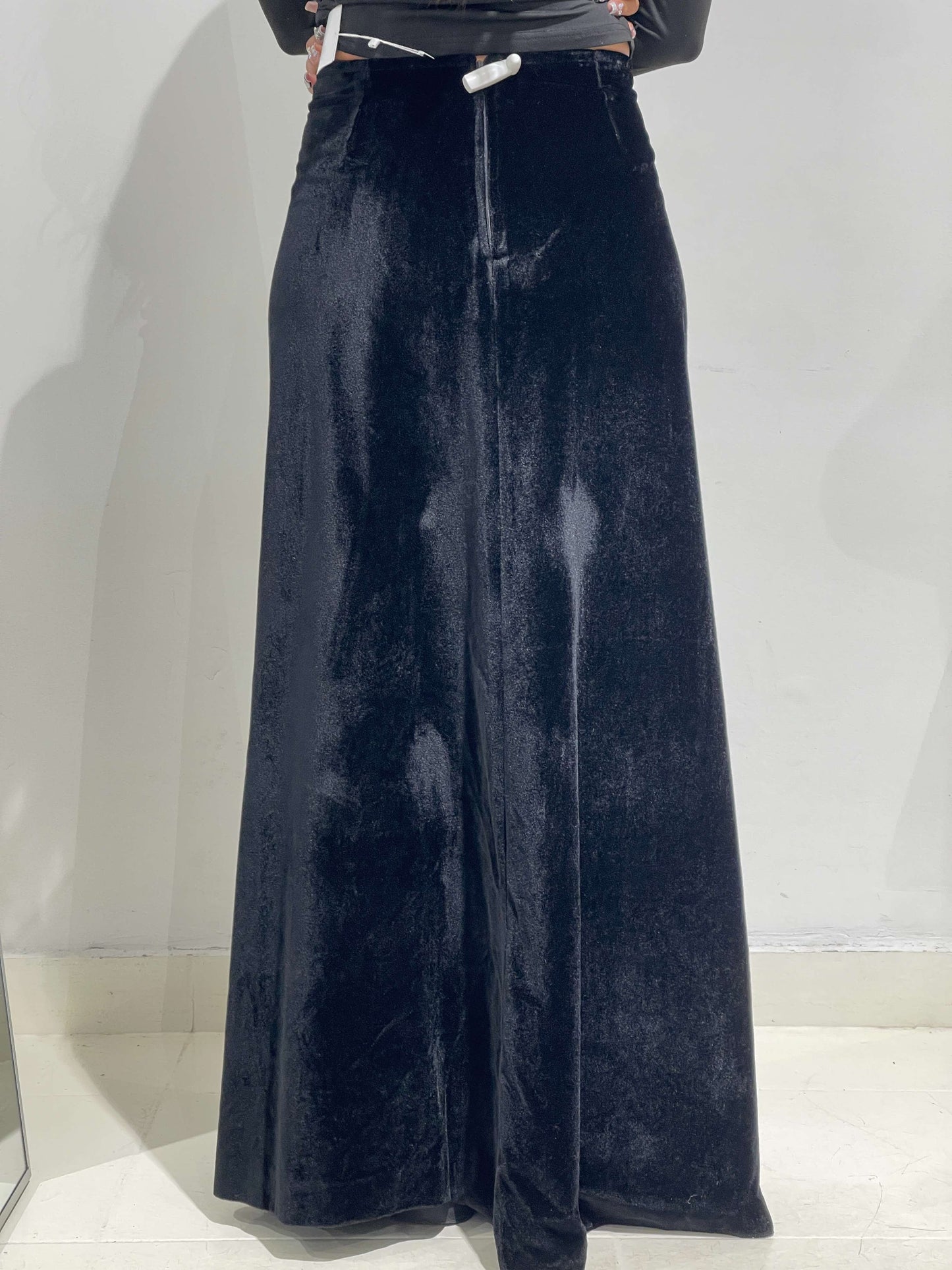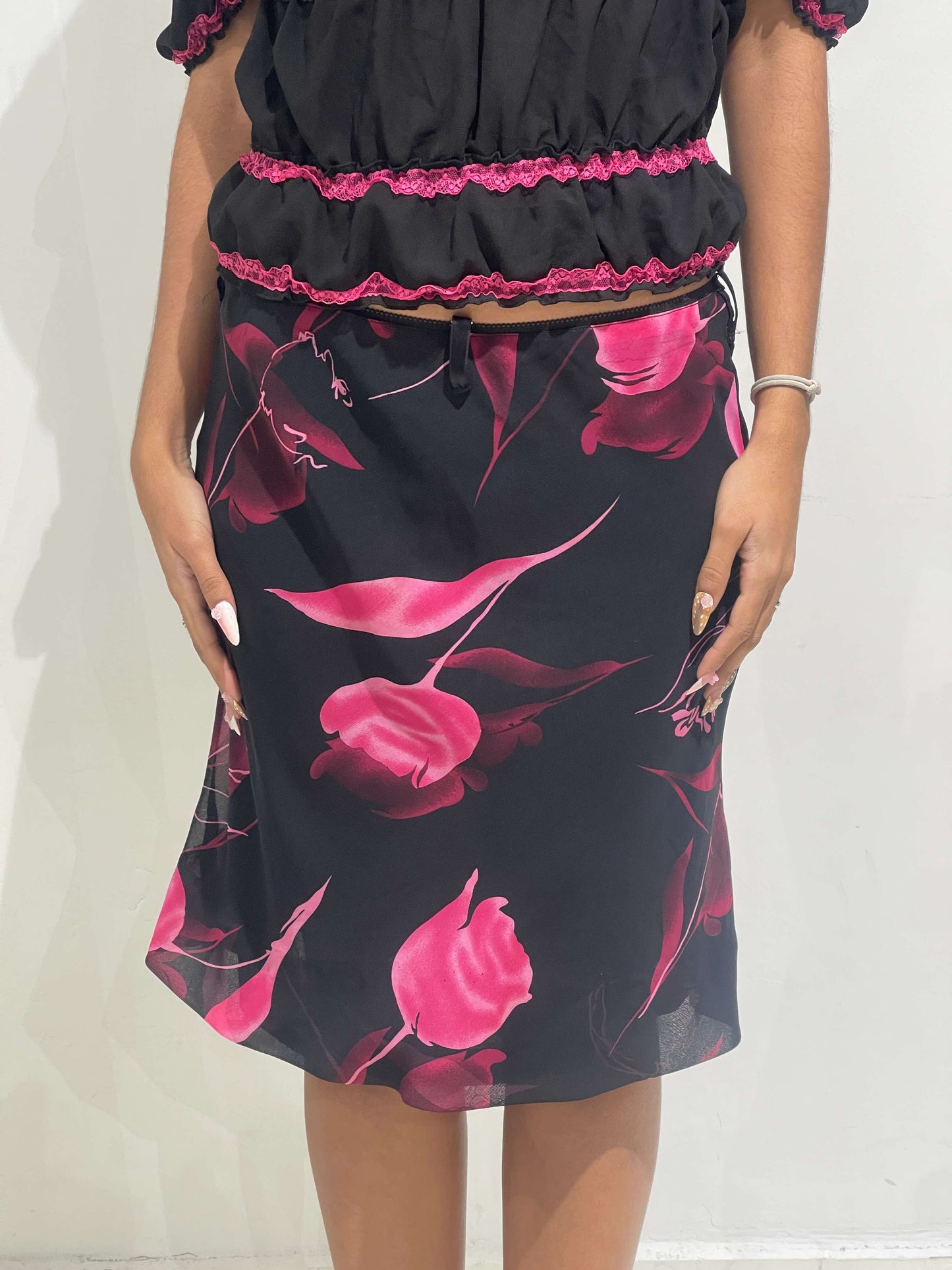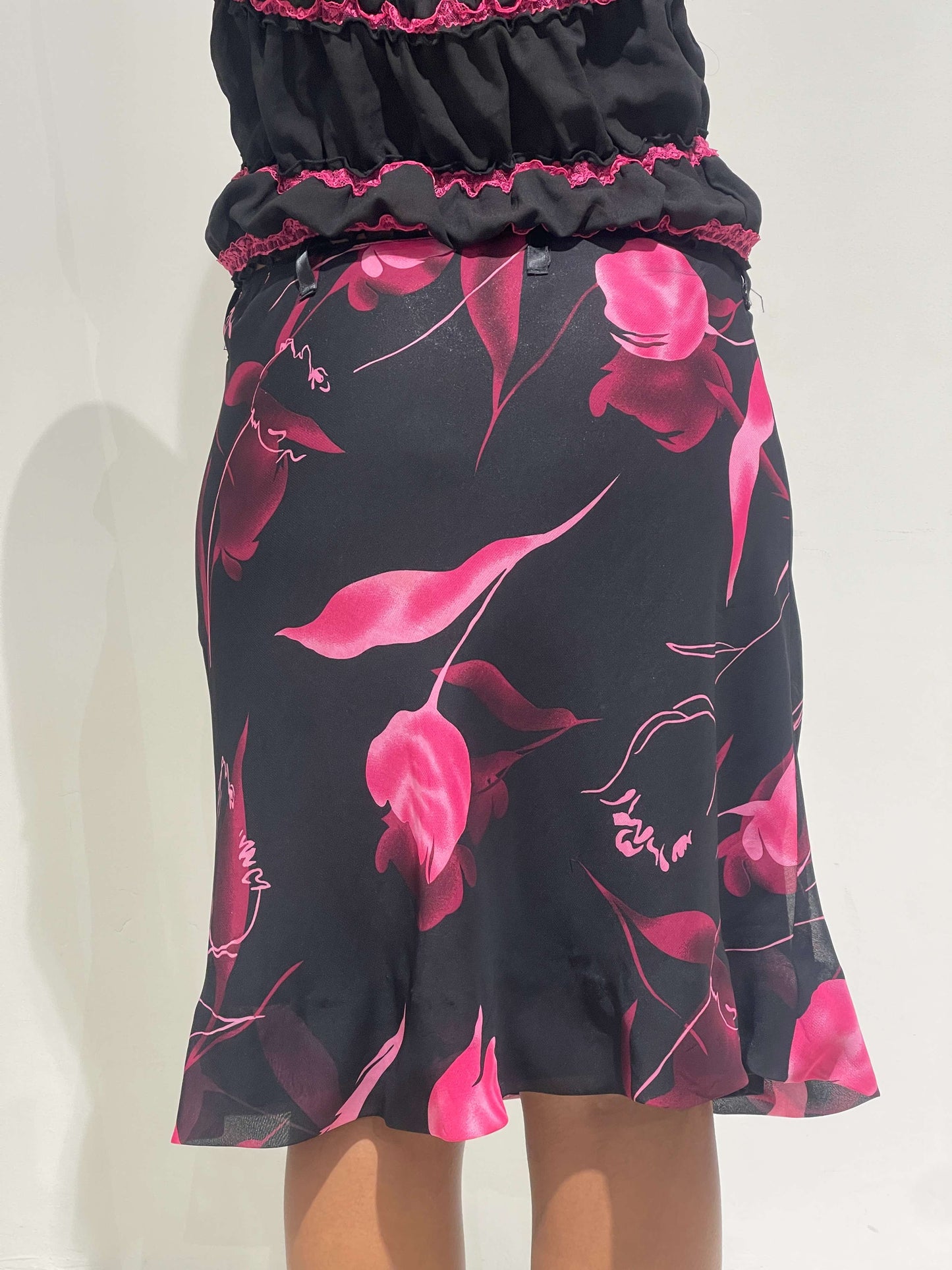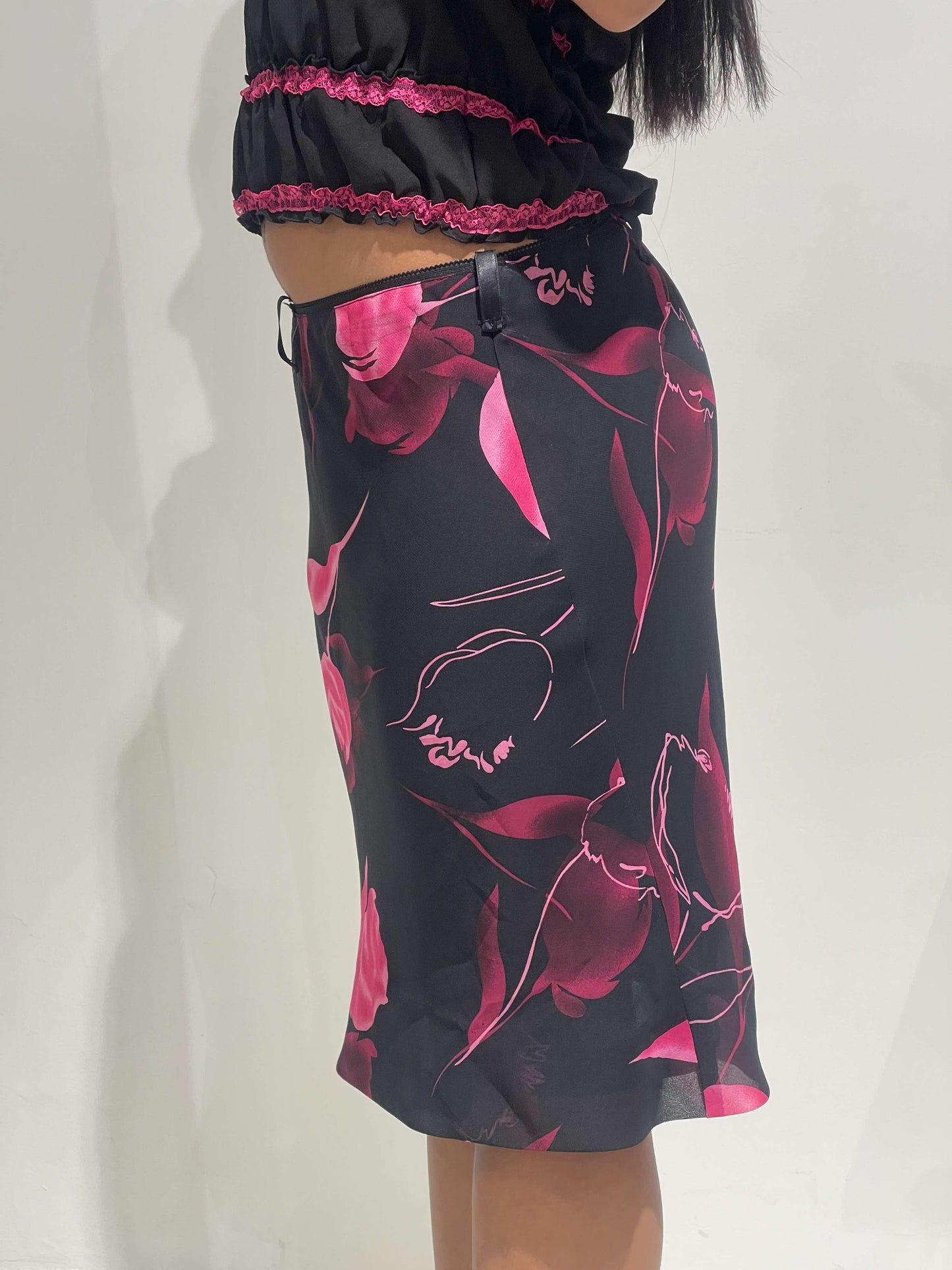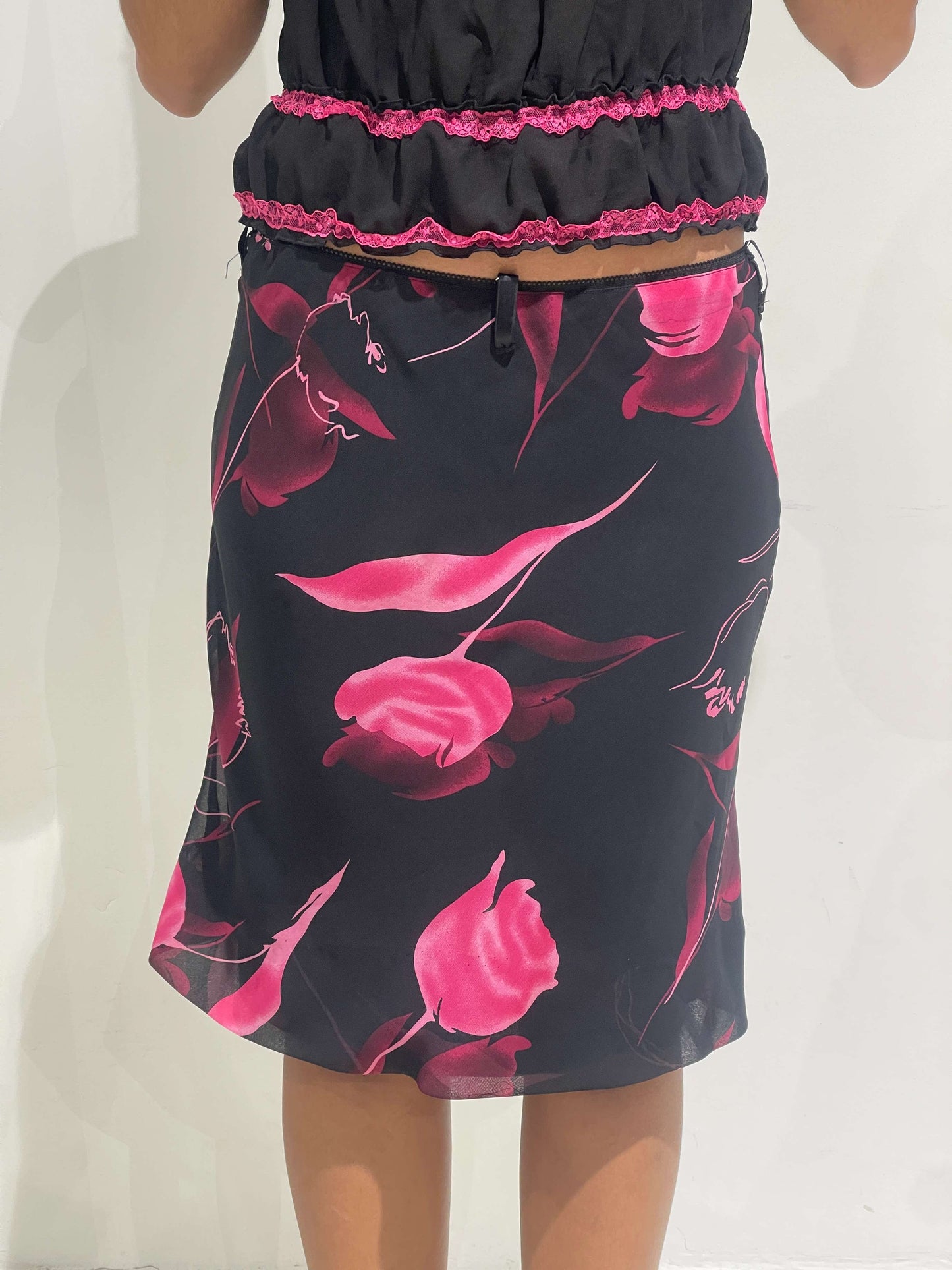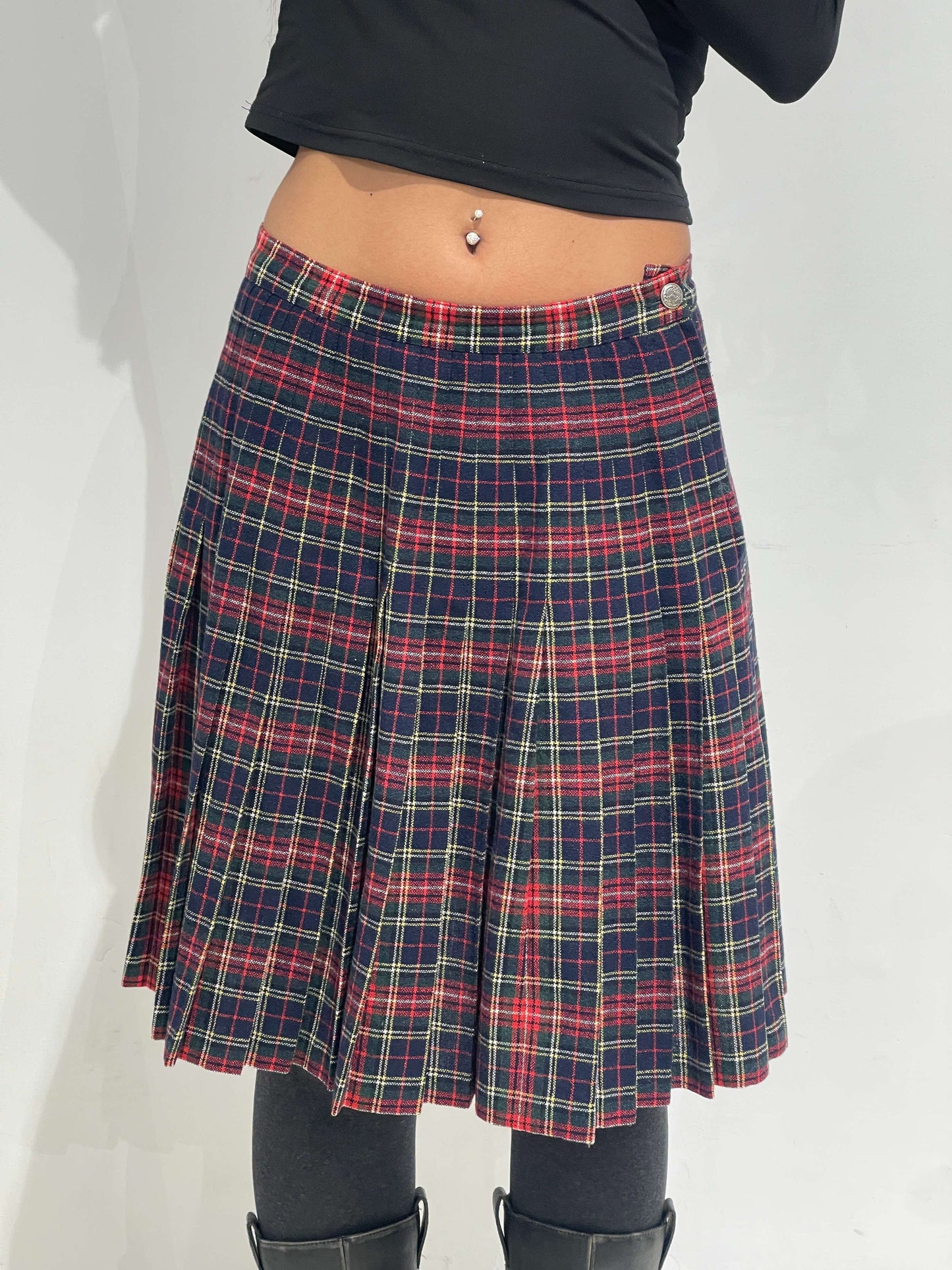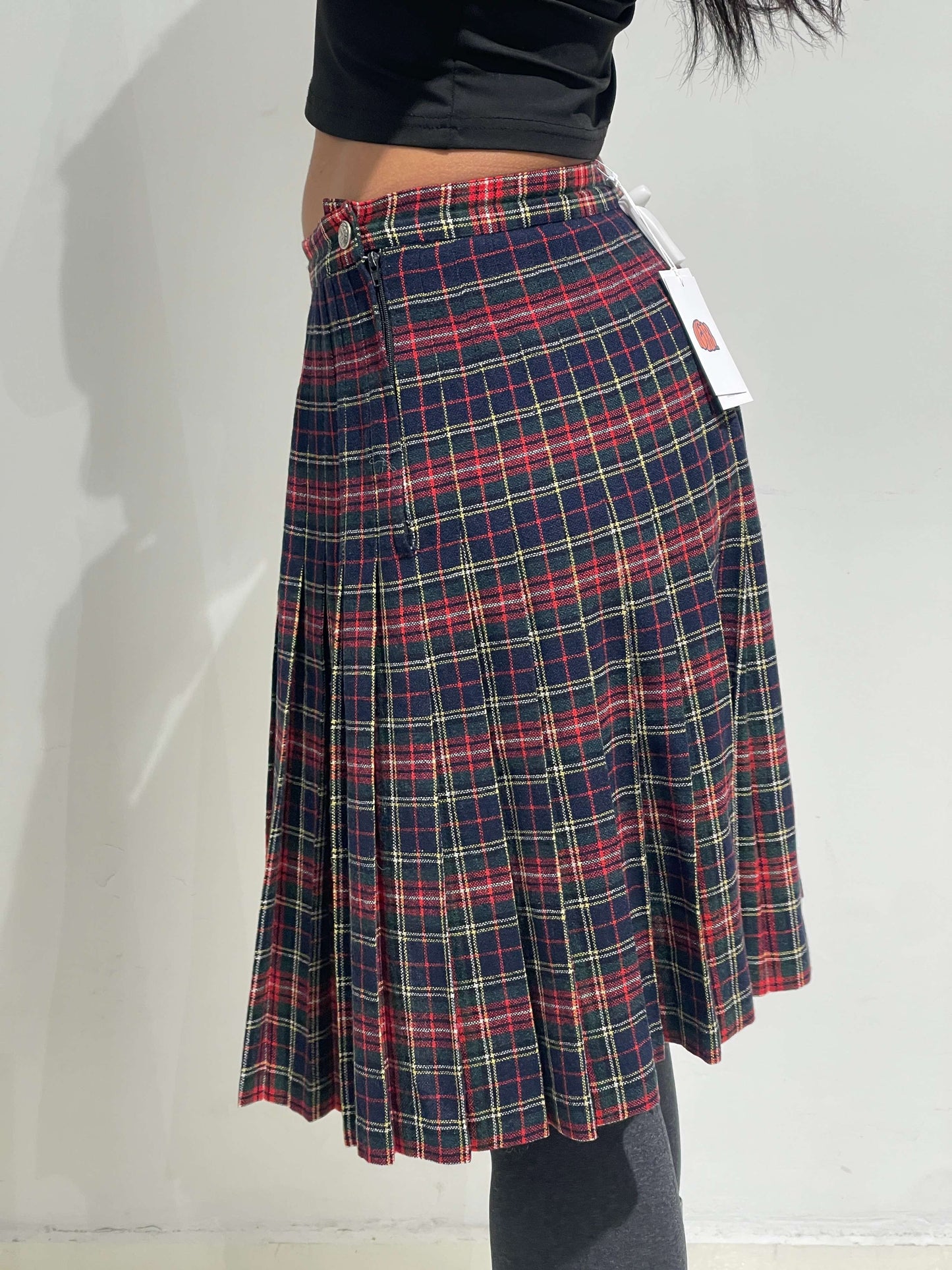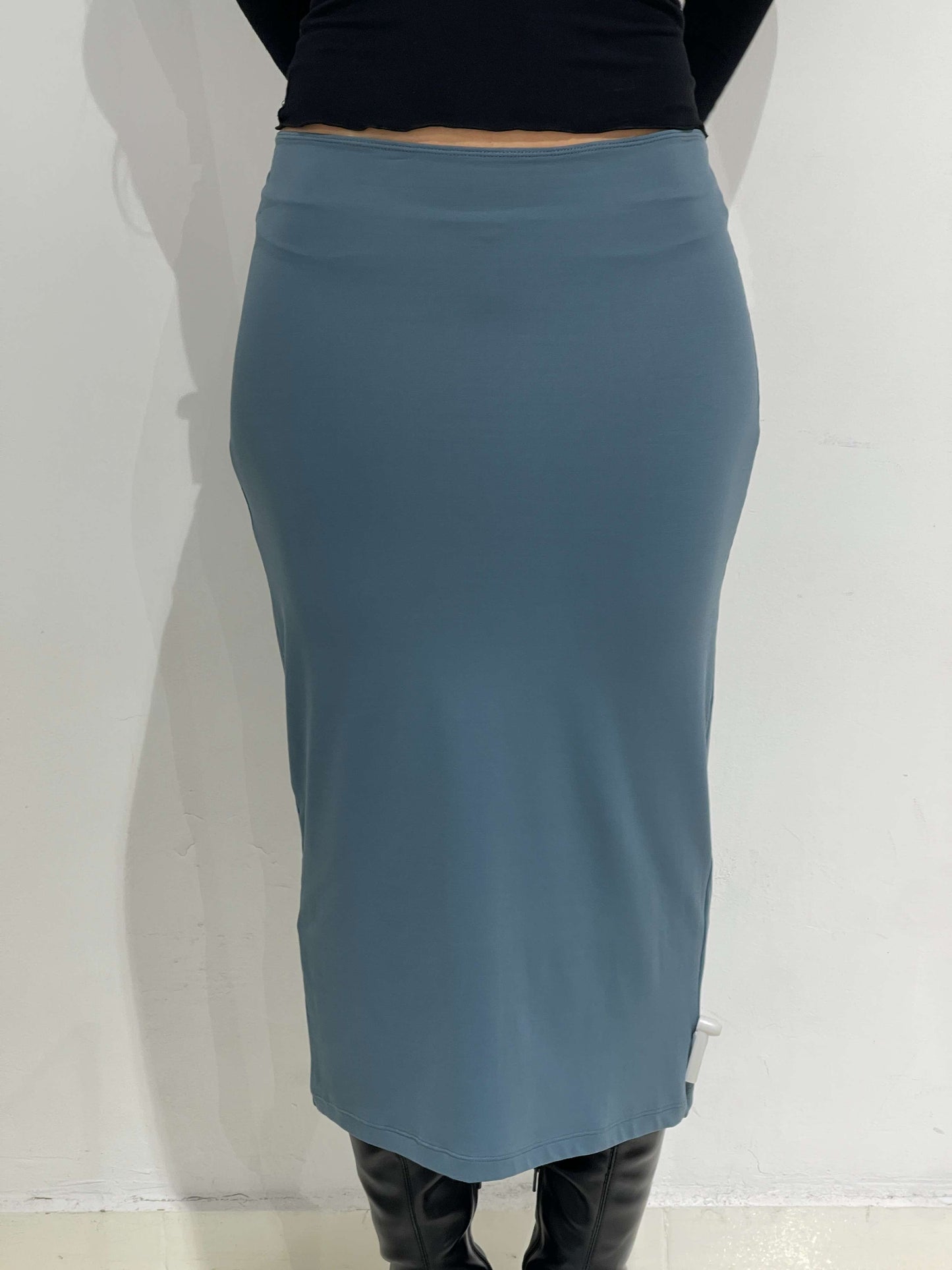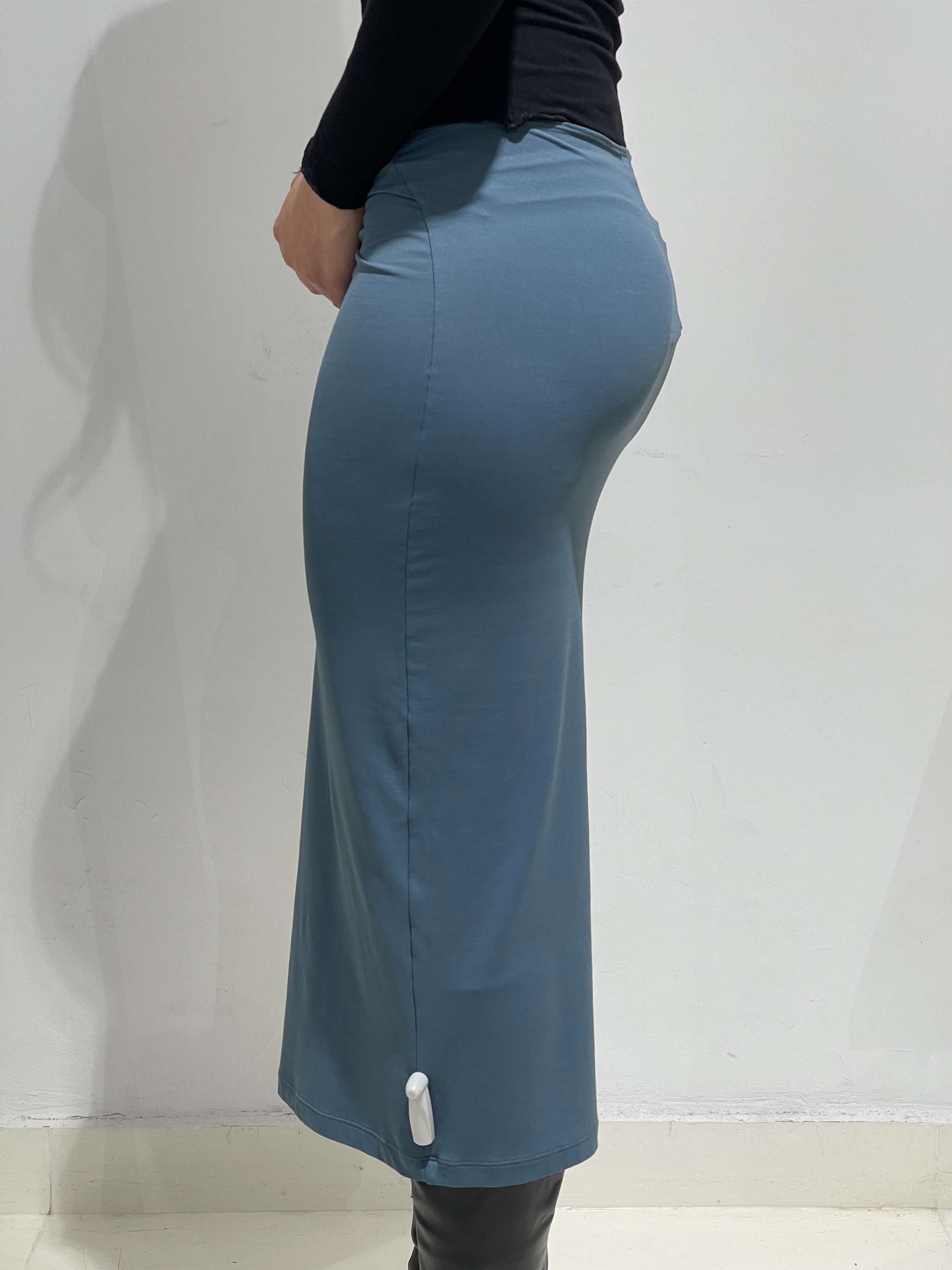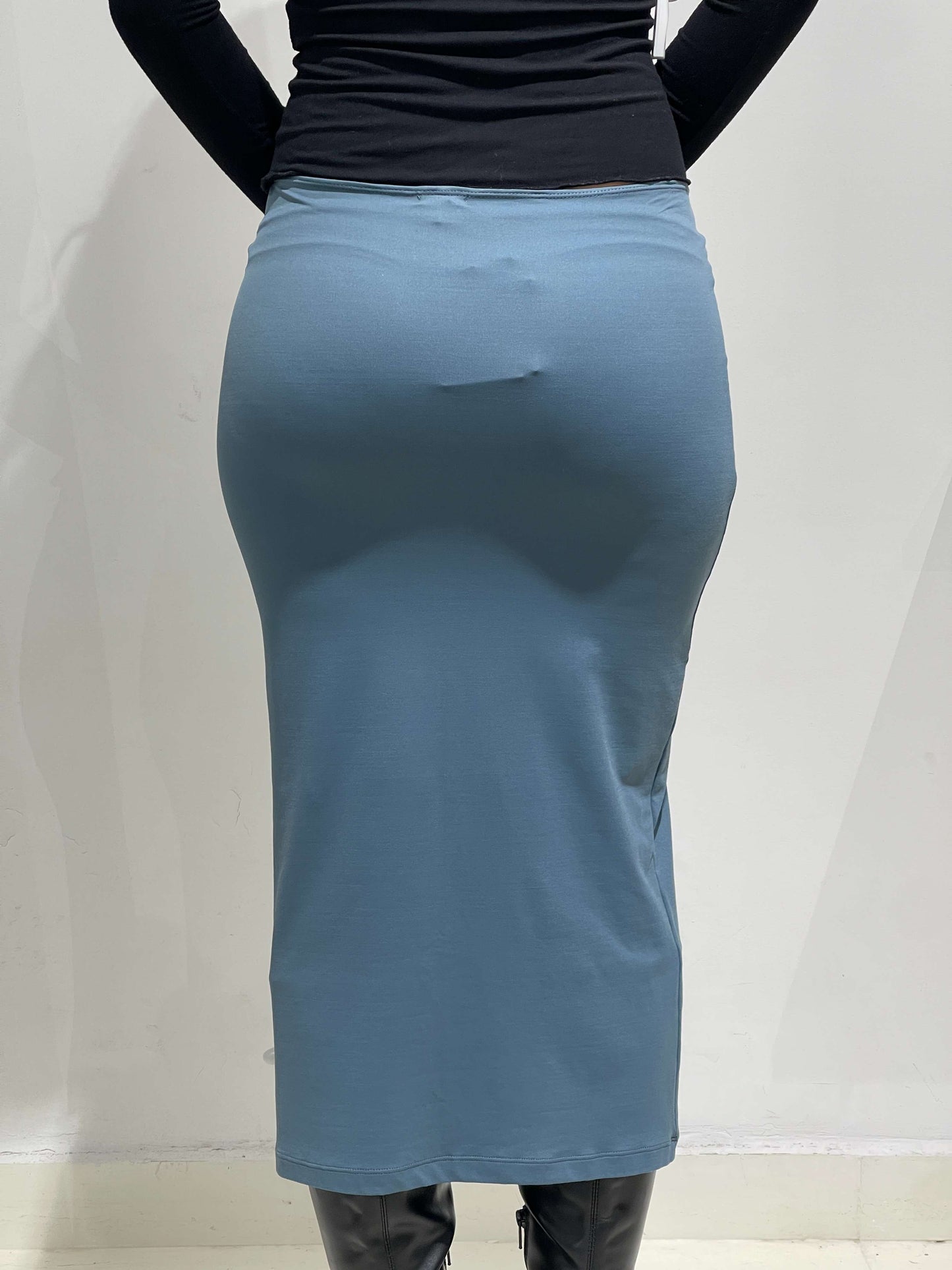Second-hand clothing is a trend and this form of consumption is successful for 3 main reasons: sustainability, affordable prices and exclusive quality pieces.
The consumption of second-hand clothing continues its upward trend. We can affirm that it has already established itself as a habit among younger people, who see it as an opportunity to find unique pieces at a good price and promote sustainability in favor of the planet.
We could say that young people are changing the industry. Generation Z , followed by the Millennial, is defined as a rebellious generation, wanting to break with what is established and wanting to change what the large ' fast fashion ' industries set. The truth is that young people look for that differentiating factor when they buy second-hand clothes. For this reason, there is a much greater tendency to consume vintage clothing: it makes you feel unique, no one else is going to have the same garment as you.
This reminds us of the time of the late 90s and 00s. We can compare the context with that of that moment in which the Love Parade in Berlin or festivals like Woodstock 99 had a great influence. Young people rebelled against the system and what was established, that is why they began to dress in a crazier way to show their disagreement with the society of the time.
To this factor we add that more and more consumers are thinking twice before making a compulsive and 'low cost' purchase, as well as wondering about the conditions in which the garment and its materials were manufactured.
According to data from a new study by Boston Consulting Group (BCG) and Vestiaire Collective, What an Accelerating Secondhand Market Means for Fashion Brands and Retailers , the luxury and secondhand fashion market has tripled since 2020 with no signs of slowing down and Second-hand clothing is expected to account for 27% of the fashion consumed by the average shopper by 2023.
Its success is due to the combination of several factors: environmental awareness, cheaper prices and unique and different garments. Furthermore, the study confirms that the variety of products continues to be important and the second reason for the consumption of this type of fashion.
In recent years, a new term has emerged that very well exemplifies a mentality that is gradually being established in today's society. Köpskam is a Swedish neologism, created with the aim of reducing the compulsive purchasing of clothing due to its high climate cost and environmental impact. We can define it as the shame associated with buying a lot, especially cheap clothes and accessories.
In addition, the European Commission has just presented a long-term strategy that from 2030 will require that clothing be designed to be more "durable, reusable, repairable, recyclable and energy efficient."
The changes are beginning and giants like Zara have already begun to enter the second-hand clothing business. For now, the Inditex giant has launched (only in the United Kingdom) a platform that allows you to give a second life to clothes that have already been worn.
The future of fashion has a clear trend towards vintage fashion, the consumption of second-hand clothing and sustainability. How will large chains adapt to this new way of shopping? Can 'fast fashion' be sustainable?
By: Laura Esteban

